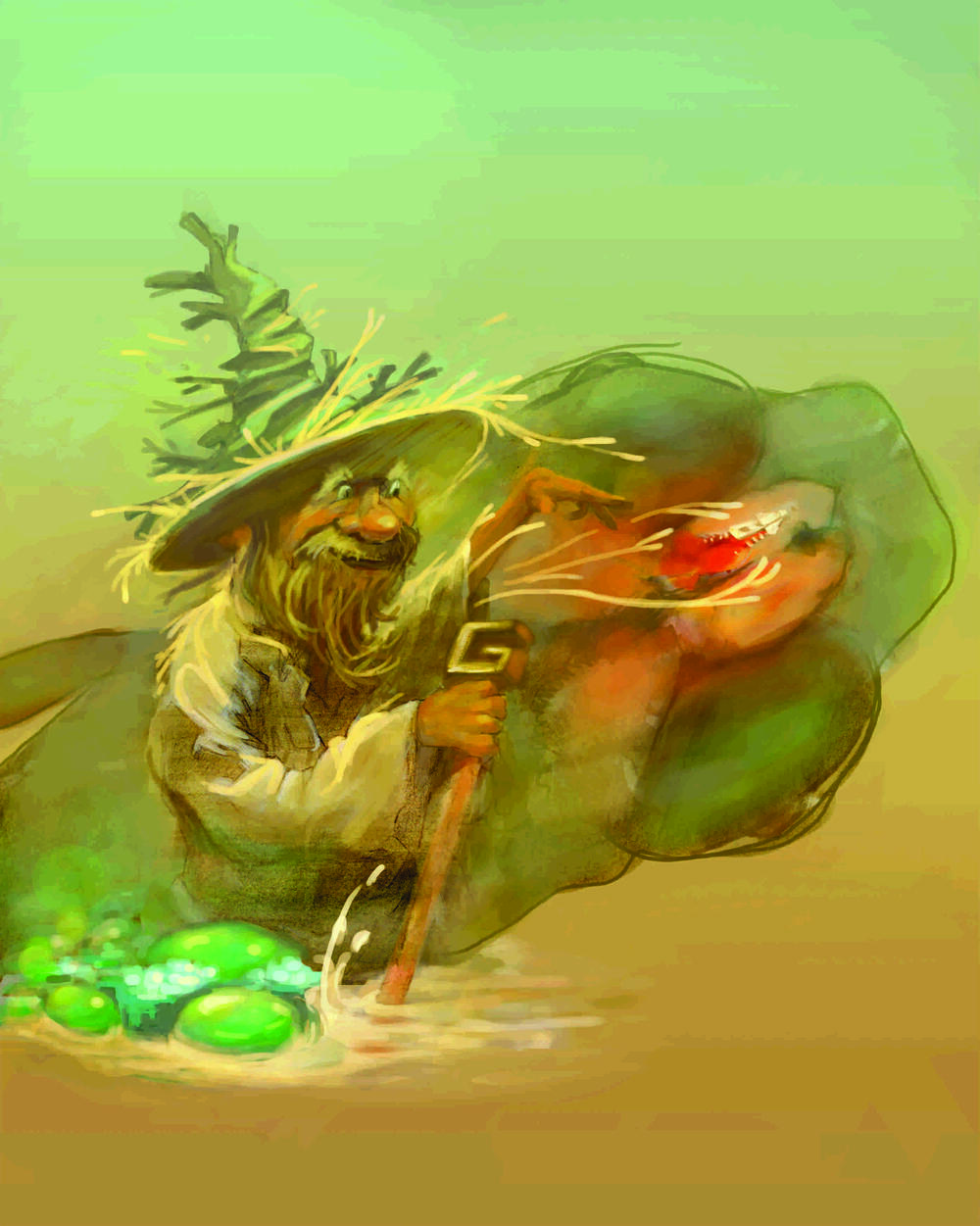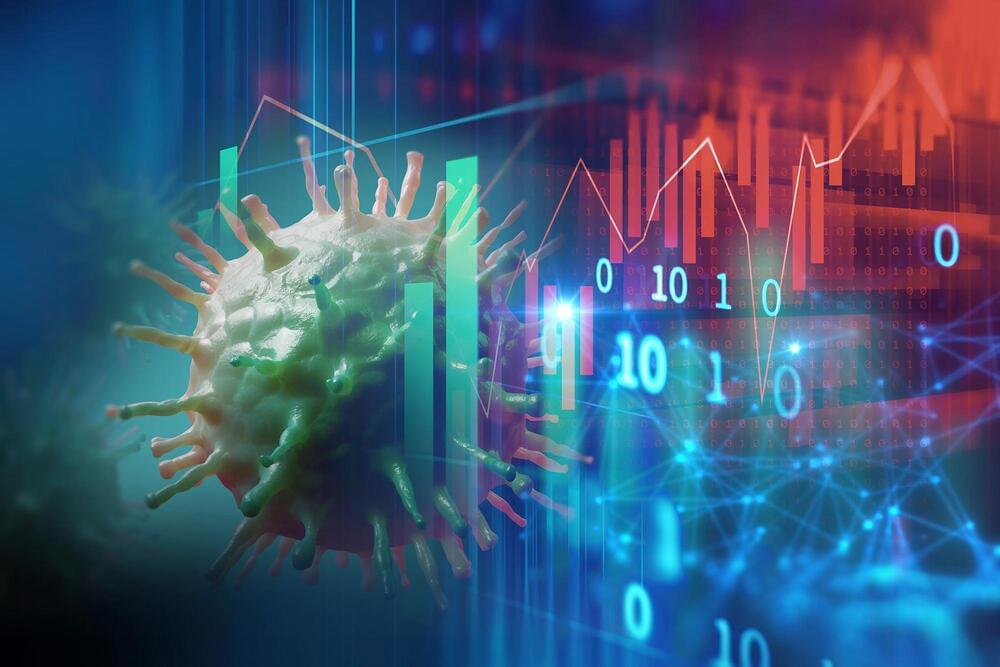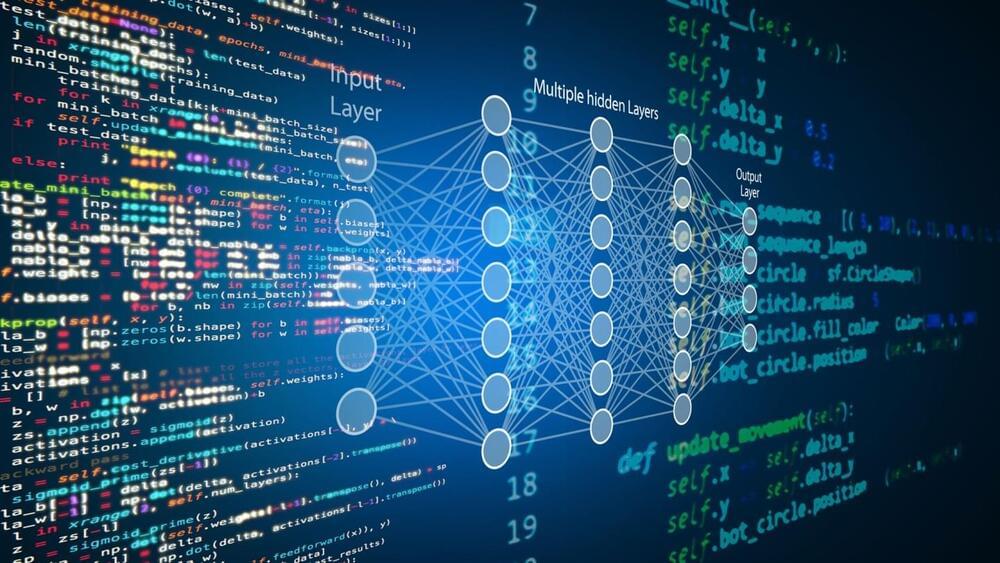😗
At $349 it’s a cheap computer and a not-very-expensive keyboard.
😗
At $349 it’s a cheap computer and a not-very-expensive keyboard.

Millions of Americans are under critical weather alerts as a major winter storm is set to bring “life-threatening” cold temperatures and powerful winds to large swaths of the nation — with the mercury expected to drop as low as minus 20 degrees across the Midwest and Great Lakes.
More than 80 million Americans — spanning from coast to coast — are under various forms of wind chill alerts, according to FOX Weather meteorologist Christopher Tate.
“We could see wind gusts of 40 to 50 mph,” he told The Post on Wednesday. “I wouldn’t be surprised if we see an occasional gust of 60 along the coast.”
Artificial intelligence, interpreting data from a device placed at the brain’s surface, enables people who are paralyzed or have severely impaired limb movement to communicate by text.
40 SpaceX Starships are terraforming Mars. Slowly transforming the Martian atmosphere, water begins to flow on the surface. Building the foundation for long term Mars colonization.
Going beyond the ‘First 10,000 Days on Mars’ and 2050, this is a timelapse look into the future.
Humans are surviving on Mars underground, in a crater habitat. A deep crater is enclosed, creating a mini Earth that is open and breathable. Tunnel diggers dig into the sides of the crater, creating more space and connecting other craters, landing pads, and lava tubes to form an underground Mars colony network… In part, inspired by: Mars garden quote: The Expanse — Chrisjen Avasarala Living on Mars — TED Talk by Stephen Petranek • https://youtu.be/t9c7aheZxls Andy Weir (The Martian) — Conversations With Joe • https://youtu.be/4dgwnhFf_6Y — Building on Mars — Articles Join the newsletter to read my new articles about “Building on Mars.” Or you can view them at my website: www.vx-c.com. • From Dust to Structures: How to Create Concrete and Metal on Mars • The (Not So) Simple Act of Building on Mars: The Engineering Challenges of Constructing on the Red Planet — A terraforming sci-fi documentary, and a timelapse look into the future of Mars colonization. — Book recommendations from Elon Musk on artificial intelligence, Mars, future technology and innovations, and sci-fi stories (affiliate links): • Superintelligence: Paths, Dangers, Strategies https://amzn.to/3j28WkP • Life 3.0: Being Human in the Age of Artificial Intelligence https://amzn.to/3790bU1 • Our Final Invention: Artificial Intelligence and the End of the Human Era https://amzn.to/351t9Ta • The Foundation: https://amzn.to/3i753dU • The Hitchhikers Guide to the Galaxy: https://amzn.to/3kNFSyW — Other videos to watch: • TIMELAPSE OF FUTURE SPACECRAFT: 2025 — 3000+ https://youtu.be/RL74Jb4OU9U • NASA 1958 — 2100 (Timelapse of past & future technology) https://youtu.be/2qaDEt7PCMI • MOON BASE — THE FIRST 10,000 DAYS (Timelapse) https://youtu.be/XOhz7ZBZ_1U …
In part, inspired by:
Mars garden quote: The Expanse — Chrisjen Avasarala.
Living on Mars — TED Talk by Stephen Petranek.
• https://youtu.be/t9c7aheZxls.
Andy Weir (The Martian) — Conversations With Joe.
We celebrate the Remembrance of the Resurrectables each year. A ceremony for remembering all of the patients that are in Cryonic Suspension awaiting an eventual return to a full healthy life.
Go To https://youtu.be/NgdwYAWCy88 for part 1 of our service: Dr. Richard Olree “Minerals for Telomeres” and “Age Reversal Update” with Bill Faloon.
“Our task is to make nature, the blind force of nature, into an instrument of universal resuscitation and to become a union of immortal beings.“
- Nikolai F. Fedorov.
We hold faith in the technologies & discoveries of humanity to END AGING and Defeat involuntary Death within our lifetime.
Working to Save Lives with Age Reversal Education.

𝐒𝐭𝐮𝐝𝐲 𝐮𝐧𝐯𝐞𝐢𝐥𝐬 𝐧𝐞𝐮𝐫𝐚𝐥 𝐩𝐚𝐭𝐡𝐰𝐚𝐲 𝐩𝐫𝐨𝐦𝐨𝐭𝐢𝐧𝐠 𝐫𝐞𝐠𝐞𝐧𝐞𝐫𝐚𝐭𝐢𝐨𝐧 𝐚𝐟𝐭𝐞𝐫 𝐭𝐫𝐚𝐮𝐦𝐚𝐭𝐢𝐜 𝐢𝐧𝐣𝐮𝐫𝐢𝐞𝐬
𝙎𝙩𝙪𝙙𝙞𝙚𝙨 𝙚𝙭𝙥𝙡𝙤𝙧𝙞𝙣𝙜 𝙩𝙝𝙚 𝙣𝙚𝙪𝙧𝙖𝙡 𝙥𝙧𝙤𝙘𝙚𝙨𝙨𝙚𝙨 𝙞𝙣𝙫𝙤𝙡𝙫𝙚𝙙 𝙞𝙣 𝙘𝙚𝙡𝙡 𝙧𝙚𝙜𝙚𝙣𝙚𝙧𝙖𝙩𝙞𝙤𝙣 𝙖𝙧𝙚 𝙤𝙛 𝙘𝙧𝙪𝙘𝙞𝙖𝙡 𝙞𝙢𝙥𝙤𝙧𝙩𝙖𝙣𝙘𝙚, 𝙖𝙨 𝙩𝙝𝙚𝙮 𝙘𝙤𝙪𝙡𝙙 𝙥𝙖𝙫𝙚 𝙩𝙝𝙚 𝙬𝙖𝙮 𝙩𝙤𝙬𝙖𝙧𝙙𝙨 𝙩𝙝𝙚 𝙙𝙚𝙫𝙚𝙡𝙤𝙥𝙢𝙚𝙣𝙩 𝙤𝙛 𝙢𝙤𝙧𝙚 𝙚𝙛𝙛𝙚𝙘𝙩𝙞𝙫𝙚 𝙩𝙧𝙚𝙖𝙩𝙢𝙚𝙣𝙩𝙨 𝙛𝙤𝙧 𝙢𝙖𝙣𝙮 𝙥𝙖𝙩𝙝𝙤𝙡𝙤𝙜𝙞𝙚𝙨 𝙖𝙨𝙨𝙤𝙘𝙞𝙖𝙩𝙚𝙙 𝙬𝙞𝙩𝙝 𝙩𝙝𝙚 𝙢𝙪𝙩𝙖𝙩𝙞𝙤𝙣𝙨 𝙤𝙧 𝙙𝙚𝙩𝙚𝙧𝙞𝙤𝙧𝙖𝙩𝙞𝙤𝙣 𝙤𝙛 𝙘𝙚𝙡𝙡𝙨. 𝙈𝙞𝙘𝙧𝙤𝙜𝙡𝙞𝙖, 𝙩𝙝𝙚 𝙗𝙧𝙖𝙞𝙣’𝙨 𝙧𝙚𝙨𝙞𝙙𝙚𝙣𝙩 𝙞𝙢𝙢𝙪𝙣𝙚 𝙘𝙚𝙡𝙡𝙨, 𝙗𝙚𝙘𝙤𝙢𝙚 𝙖𝙘𝙩𝙞𝙫𝙚 𝙞𝙣 𝙧𝙚𝙨𝙥𝙤𝙣𝙨𝙚 𝙩𝙤 𝙥𝙖𝙩𝙝𝙤𝙡𝙤𝙜𝙞𝙚𝙨, 𝙨𝙤𝙢𝙚𝙩𝙞𝙢𝙚𝙨 𝙡𝙚𝙖𝙙𝙞𝙣𝙜 𝙩𝙤 𝙘𝙝𝙧𝙤𝙣𝙞𝙘 𝙞𝙣𝙛𝙡𝙖𝙢𝙢𝙖𝙩𝙞𝙤𝙣 𝙖𝙣𝙙 𝙩𝙝𝙚 𝙨𝙘𝙖𝙧𝙧𝙞𝙣𝙜 𝙤𝙛 𝙩𝙞𝙨𝙨𝙪𝙚.
Studies exploring the neural processes involved in cell regeneration are of crucial importance, as they could pave the way towards the development of more effective treatments for many pathologies associated with the mutations or deterioration of cells. Microglia, the brain’s resident immune cells, become active in response to pathologies, sometimes leading to chronic inflammation and the scarring of tissue.
Cell regeneration mechanisms thus regulate the reactivity of different glial cells, including microglia, preventing further damage and promoting recovery. While many past studies have explored the processes involved in inflammation, many questions about how the brain can successfully recover after injuries or pathologies remain unanswered.
Researchers at LMU Munich, Helmholtz Zentrum Munich, Johannes Gutenberg-Universität (JGU), and other institutes in Germany have recently carried out a study on zebrafish aimed at better understanding the processes underpinning brain regeneration in both animals and humans. Their findings, published in Nature Neuroscience, unveiled a microglial state characterized by the accumulation of lipid droplets and TDP-43+, a RNA-binding protein, which delayed or prevented post-injury brain regeneration.

Have you ever heard of the yeast Candida auris? If not, you are most likely not the only one since it hasn’t garnered much attention. Yet. That could change.
Candida auris’s story begins in 2009 when a Japanese woman in her 70s is admitted to the Tokyo Metropolitan Geriatric Hospital. Her ear sometimes discharges something, and the doctors routinely use a cotton swab to collect samples of it. To determine what is causing the infection, they analyze the sample.
It turns out that a yeast, different from other known yeasts, is at play. We’ve all heard of baker’s yeast, a friendly microorganism used to make beer and bread. Candida auris and other Candida yeast species are extremely different; they cause serious and persistent infections that are difficult to treat with known antibiotics.

An Android banking malware named ‘Godfather’ has been targeting users in 16 countries, attempting to steal account credentials for over 400 online banking sites and cryptocurrency exchanges.
The malware generates login screens overlaid on top of the banking and crypto exchange apps’ login forms when victims attempt to log in to the site, tricking the user into entering their credentials on well-crafted HTML phishing pages.
The Godfather trojan was discovered by Group-IB analysts, who believe it is the successor of Anubis, a once widely-used banking trojan that gradually fell out of use due to its inability to bypass newer Android defenses.


PROVIDENCE, R.I. [Brown University] — When it comes to predicting disasters brought on by extreme events (think earthquakes, pandemics or “rogue waves” that could destroy coastal structures), computational modeling faces an almost insurmountable challenge: Statistically speaking, these events are so rare that there’s just not enough data on them to use predictive models to accurately forecast when they’ll happen next.
But a team of researchers from Brown University and Massachusetts Institute of Technology say it doesn’t have to be that way.
In a new study in Nature Computational Science, the scientists describe how they combined statistical algorithms — which need less data to make accurate, efficient predictions — with a powerful machine learning technique developed at Brown and trained it to predict scenarios, probabilities and sometimes even the timeline of rare events despite the lack of historical record on them.